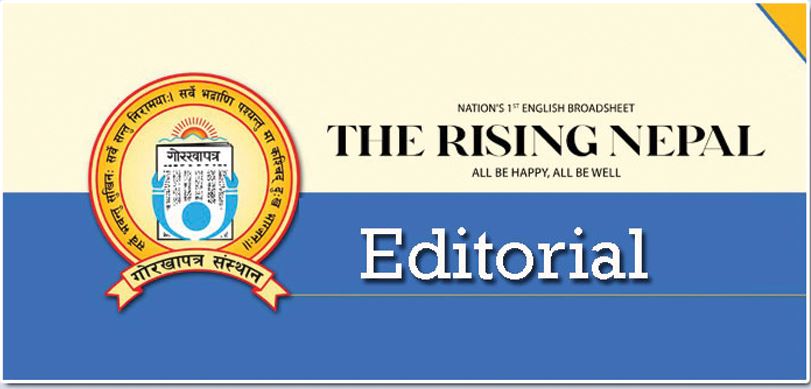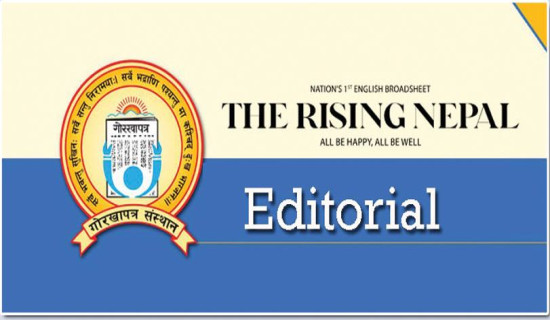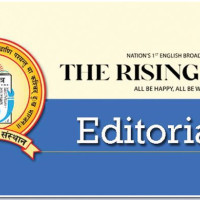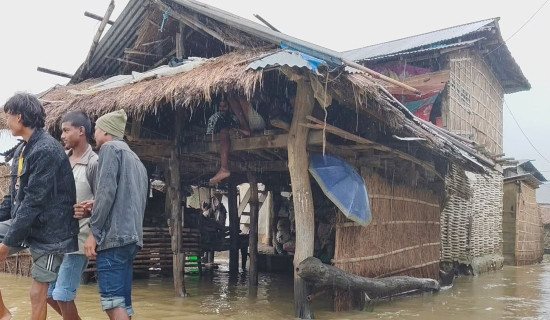- Tuesday, 7 October 2025
Making Roads Safe
Road accidents have become a matter of serious concern in Nepal. Every passing year adds to the number of those injured or perished in road mishaps. A lack of road discipline, inadequate knowledge about road safety measures, driving under the influence of alcohol, disregard for traffic signs while driving and poor condition of roads, among others, contribute to road accidents. According to the WHO, road traffic injuries are the leading cause of death for children and young adults aged 5-29 years. And, more than half of all road traffic deaths are among vulnerable road users: pedestrians, cyclists and motorcyclists.
In Nepal, two-wheeler (motorcycle and scooter) accidents account for over two-thirds (68 per cent) of the injuries and fatalities that happen as a result of road accidents, according to a survey conducted by Nepal Demographic and Health Survey-2022. Inconvenient public transportation and narrow roads with many corners and turns mean two wheelers are the most sought-after means of transportation across the country. And those riding them or travelling as pillions are the most vulnerable to accidents. Alarmingly, the traffic police data show that road accidents are killing a large number of people in their most economically productive years.
What happens when a family loses its sole bread winner to a traffic accident? How will a family bear the cost of treating its member who has been left with life-threating injuries that need years, if not a life-time, of medication. Equally worrisome is the loss of productivity of those who are left disabled or bed-ridden? Of course, the cost of road mishap can be fathomless and the burden unjustifiably too much for both a victim and the concerned family. The good news is that with awareness and little but concrete effort, road accidents are entirely preventable. Programmes like 'Road safety and traffic awareness week-2080', launched yesterday in collaboration with the Kathmandu Valley Traffic Office and the Kathmandu Metropolitan City, are crucial to raise the awareness level.
Making our roads safe to travel is a shared responsibility of all stakeholders concerned. Traffic police are doing their bit. Their initiative to punish those consuming alcohol while driving, among a list of commendable measures, has gone a long way to dramatically lower the accident rates. But what about the rest? Riders, pedestrians, passengers, and the transport authority must do their part, too. One important but overlooked aspect that can make travel much safer is making public transportation prompt, reliable and hassle-free. Not only doing so can make scooters, bikes and other private vehicles redundant to own, but it can streamline the chaotic state of road traffic.
What's more, with fewer vehicles on the road, air and noise pollution attributed to them can be kept at bay. Disorderly parking and haphazard and rampant urbanisation are other factors that are not only congesting the traffic but also making roads accident-prone. Add to that the lack of traffic signs and the lack of sufficient night-time traffic lights which confuses and impairs the visibility of the drivers. Our road infrastructures are also in dire need of upgrading to international level. In this regard, the government must ensure that the contracted company follows the mandated guidelines while constructing the road infrastructure.

















